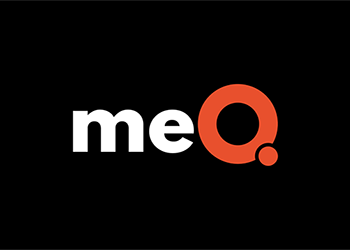Be honest. How many times have you set an intention to get in shape and started off strong…but then one missed workout turns into two, and the next thing you know you’re setting a new intention to get in shape? We’ve all been there. We want to be healthy and fit, but in the midst of a full day, exercise can feel like yet another obligation to squeeze in—which can make it easy to dread and hard to do.
“There’s a reason most people don’t stick with their exercise plan,” explains Michelle Segar, PhD, author of No Sweat: How the Simple Science of Motivation Can Bring You a Lifetime of Fitness. It isn’t a willpower problem—the issue is rooted in our motivation. “It’s because they have the wrong why’s for exercising.” As director of the University of Michigan’s Sport, Health, and Activity Research and Policy Center, Segar has spent two decades studying what compels people to get off the couch—and her research may surprise you.
Here are Segar’s top 3 tips for finding meaningful motivators to exercise:
1. Find (and finetune) your “Right Why”
“The wrong why’s are things like exercising to lose weight or to avoid some disease you might get in 20 years,” Segar says. While those are sensible and important reasons—we all value our health—it turns out that as motivators for consistent behavior, they fall short because they’re too abstract and clinical, making exercise feel like a chore.
So, what does work? Segar’s research shows that immediate rewards that enhance our daily lives are the true motivators for staying physically active. The first step in kick-starting your exercise motivation is to find your “Right Why” for doing it. Ask yourself, how will exercise make my life better right now? Be specific! For instance, if yoga helps you relieve stress, manage anxiety or depression, or boosts your energy and confidence—those are the reasons that will get you to hit the mat on a regular basis.
2. Move in ways that feel good to you
If the type of exercise you’re doing is not enjoyable or doesn’t feel good, do something else! For example, if you do high intensity training (HIIT) because you’ve heard it’s the most efficient way to burn calories but hate every minute of it, chances are you won’t stick with it. “If you move in ways that feel good to you, whatever that means, you will continue to stay active over time,” says Segar. “When something makes us feel good, it becomes a gift we want to give ourselves, rather than a punishment.”
There’s solid science (called Self-Determination Theory) behind why this works. If we’re told we should go for a brisk 40-minute walk every day, we’ll do it feeling pressured—and it becomes like taking medicine “for our own good,” not because we feel good doing it. On the other hand, if walking is something we choose to do because of we appreciate the instant rewards—fresh air, improved mood, time with a friend—we’re more likely to stick with it. Keep experimenting with different types of exercise until you find something that sticks—and then own that choice.
3. Switch your mindset to “everything counts”
Many people have mistaken ideas about what counts as “real” exercise—that it must be done for a certain amount of time, a minimum number of days a week, and leave you breathless in a puddle of sweat. On the contrary, there’s no such thing as a one-size-fits-all workout. In fact, research shows that performance goals (like exercising 4 days a week) are much less effective than learning goals (for instance, discovering new ways to stay physically active), explains Segar. Learning new ways of doing things results in more internal motivation and greater persistence. So do what works for you! Seek out opportunities to move throughout the day: a longer walk with the dog, a quick jog to the grocery store, kicking a soccer ball with your kid, some yard work, a night of dancing, or a few yoga stretches at home—it all adds up.
When you exercise in order to help yourself better enjoy and succeed at what matters most to you in your life, you turn exercise from an obligation into something meaningful. Find what works for you, and the benefits will follow.
Janet Ungless is a New York-based editor, writer, and content strategist with expertise in wellness, health and fitness. She’s written for Prevention, More, Livestrong, and Everyday Health and also worked at exhale mind body spa. Find her on Twitter @jungless
